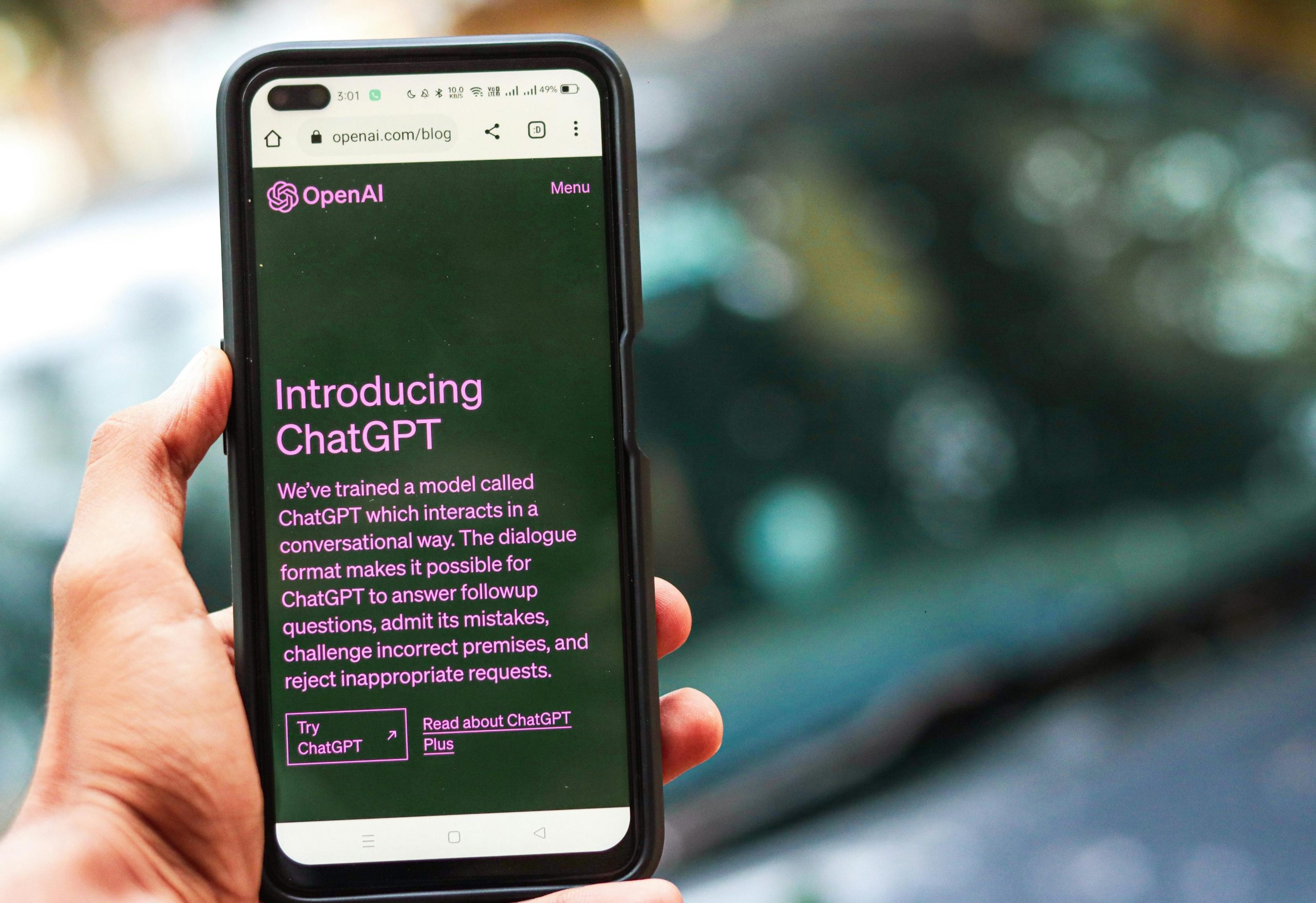Why Most Businesses Should Approach AI Customer Service with Caution: A Professional Perspective
As the founder of a voice AI company, I often counsel prospective clients against rushing into AI-powered customer support solutions. While my sales team may find this stance unconventional, experience has shown me that deploying AI in unsuitable contexts can generate more setbacks than gains. After implementing AI solutions for numerous organizations, I’ve identified key criteria to determine when voice AI genuinely adds value—and when it’s best to proceed with caution.
Understanding AI’s Strengths and Limitations
Recently, a law firm approached us with a desire to automate client intake calls using AI. Upon reviewing their recorded interactions, I advised them that their existing process wasn’t suited for automation. Legal intake involves nuanced questioning, empathetic listening, and complex assessments—areas where AI struggles to deliver meaningful support without risking misunderstandings or client dissatisfaction.
This scenario is not isolated. The AI hype has created pressure across industries to adopt these technologies rapidly. However, it’s essential to recognize that AI excels in specific, well-defined use cases but falters in others.
Critical Business Criteria for Voice AI Adoption
To assess whether your organization is ready to implement voice AI, consider these three foundational questions:
1. Are Your Calls Characterized by Predictable Patterns?
Analysis of over 10,000 customer interactions across diverse sectors reveals that many businesses handle a high volume of routine, similar conversations. For example, appointment scheduling, answering FAQs, providing status updates, and basic troubleshooting often follow repeatable scripts. These are ideal scenarios for AI automation.
Conversely, industries where each call is unique—such as mental health services or specialized consulting—pose challenges. In such settings, calls involve complex, sensitive issues demanding empathy and tailored responses, which AI currently cannot replicate effectively.
Practical Tip: Perform a transcript analysis of your recent calls. If less than 70% follow recognizable and repetitive patterns, it’s advisable to delay AI deployment. For example, a home services provider discovered that 85% of calls were straightforward booking requests, making them perfect candidates. Meanwhile, a B2B software firm found only 30% of their interactions met this criterion, indicating a primarily human-led process.
2. Do You Have Clear Escalation Protocols?
AI systems should be designed with predefined triggers for escalation—specific phrases, emotional cues, or complex topics that require human intervention. Without these, frustrated customers may become trapped in unhelpful AI loops










One Comment
Thank you for sharing these valuable insights. Your emphasis on strategic AI deployment highlights a critical aspect often overlooked in the rush to adopt new technology. I particularly appreciate the focus on analyzing call patterns before automating; it’s a practical approach that ensures AI is used where it truly adds value.
Additionally, I would add that ongoing monitoring and refinement are essential—AI performance can evolve as customer behaviors change. Investing in training your staff to seamlessly escalate complex issues can also bridge the gap where AI currently falls short. Ultimately, human empathy and judgment remain vital in sensitive or nuanced interactions, and recognizing where AI fits best can lead to more efficient, satisfying customer experiences.